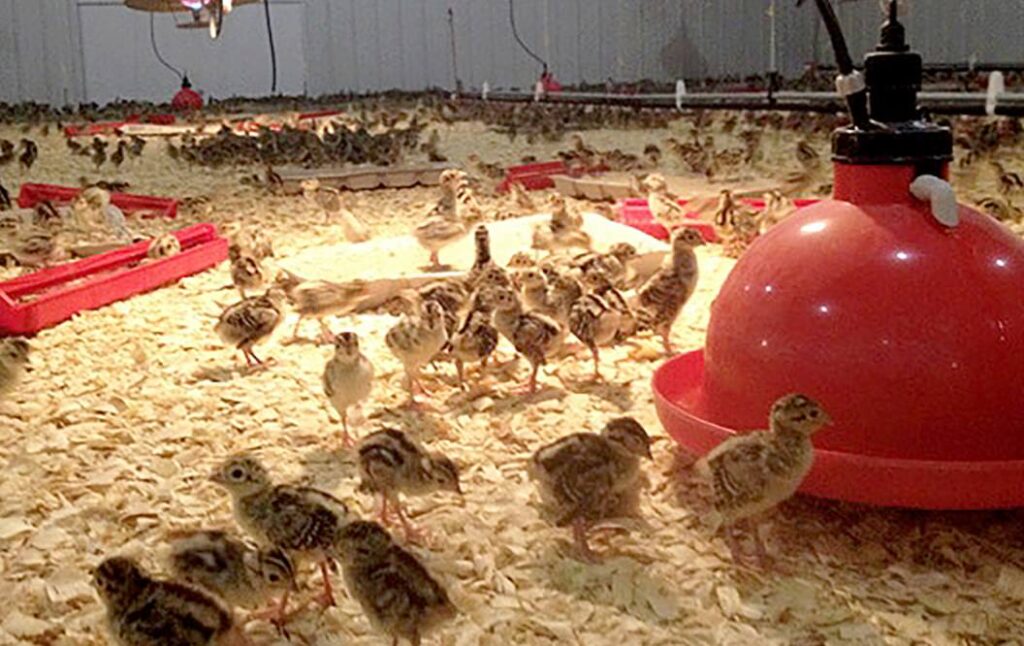Game Birds Stay Healthy With Daily Monitoring
Monitoring of feed consumption is an essential component of making sure our birds stay healthy. One of the first signs of a sick bird is that they stop eating and drinking. This is why we are vigilant about checking our feed and water systems and our birds morning, noon, and night. If our birds eat less feed one week compared to a previous week we intensify our monitoring and our inspection of the birds.
We usually start chicks out on flats of feed and hand fill them so we can base what they normally eat by how many buckets of feed we use. For example, a flock of 7000-8000 ringnecks should eat about 2-3 buckets of feed overnight. If that doesn’t happen, birds are examined more closely. So here is the bottom line-with chicks we monitor the feed flats daily and weekly. Mature birds’ feed consumption is monitored by how much food we order. Food is available to our birds at all times. We want them to eat as much as they want so they grow big and healthy! Birds that run out of feed get stressed.
At different ages, birds receive differing amounts of protein. Chicks start with high protein (around 25%) and as they grow the protein level in the feed can go down to around 15%. We also feed different sizes of feed for different ages. Chicks are given a small crumbled feed (Hungarian chick feed is ground even smaller.) As birds grow they get switched to regular crumb size feed and then to a mini pellet.
Tips for Pheasant Growers
- Keep track of how much feed you order: when, for how many birds, and what age of birds. Once you get a history down you can estimate how many pounds of feed your birds are eating each week. With these facts, you can determine if the birds are eating more or less comparing each week.
- You might consider getting a water meter for each group of birds so you can monitor how many gallons the birds drink on a daily basis. Low or high water intake can indicate an illness.
- Contact k.merriman@pheasant.com for more information about keeping your pheasants healthy through monitoring feed consumption.
Related Posts
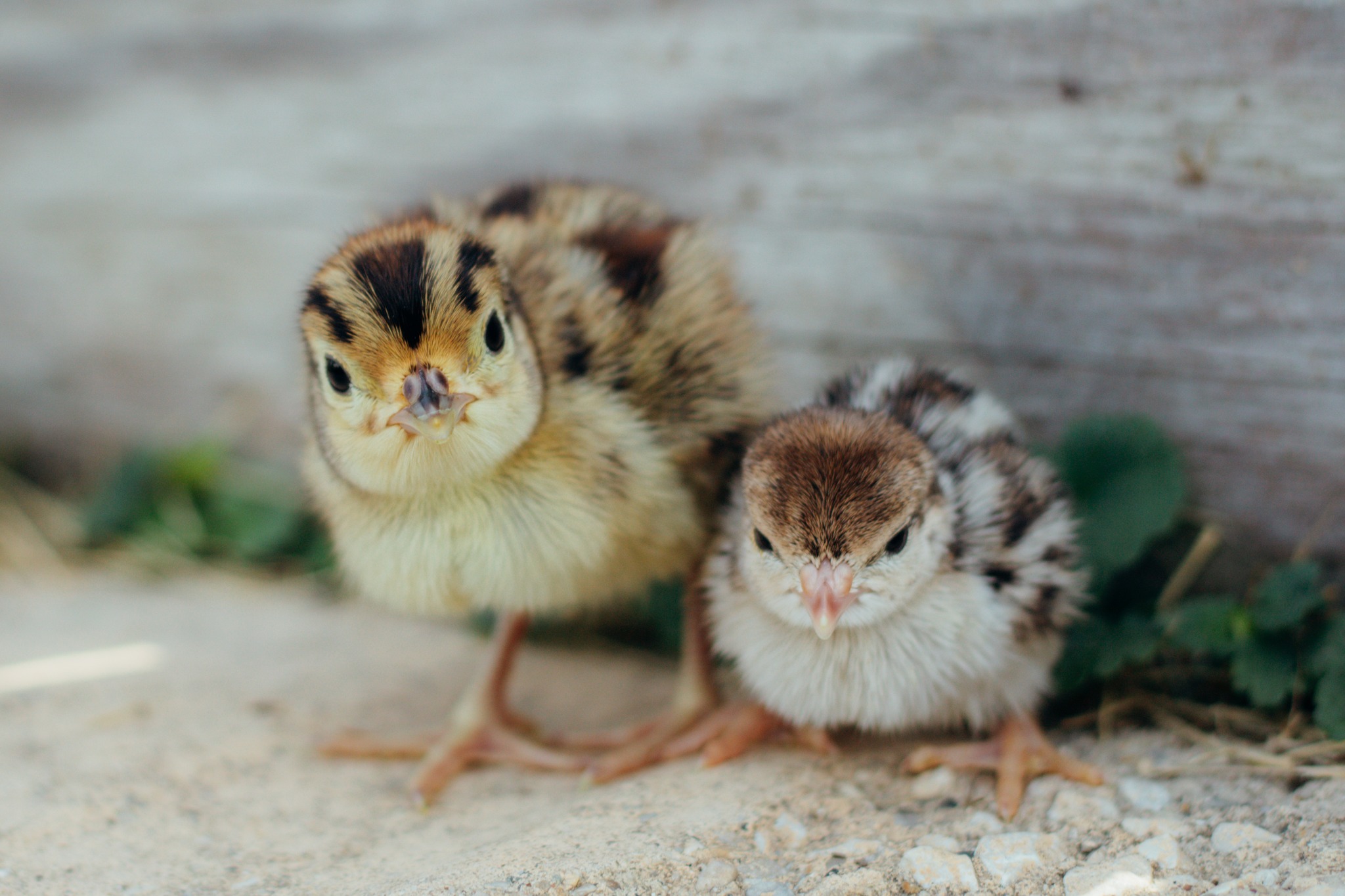
Shipping Chicks Safely During Cold Weather Months
Read Post

Preparing Our Barns & Pens Each Spring
Read Post
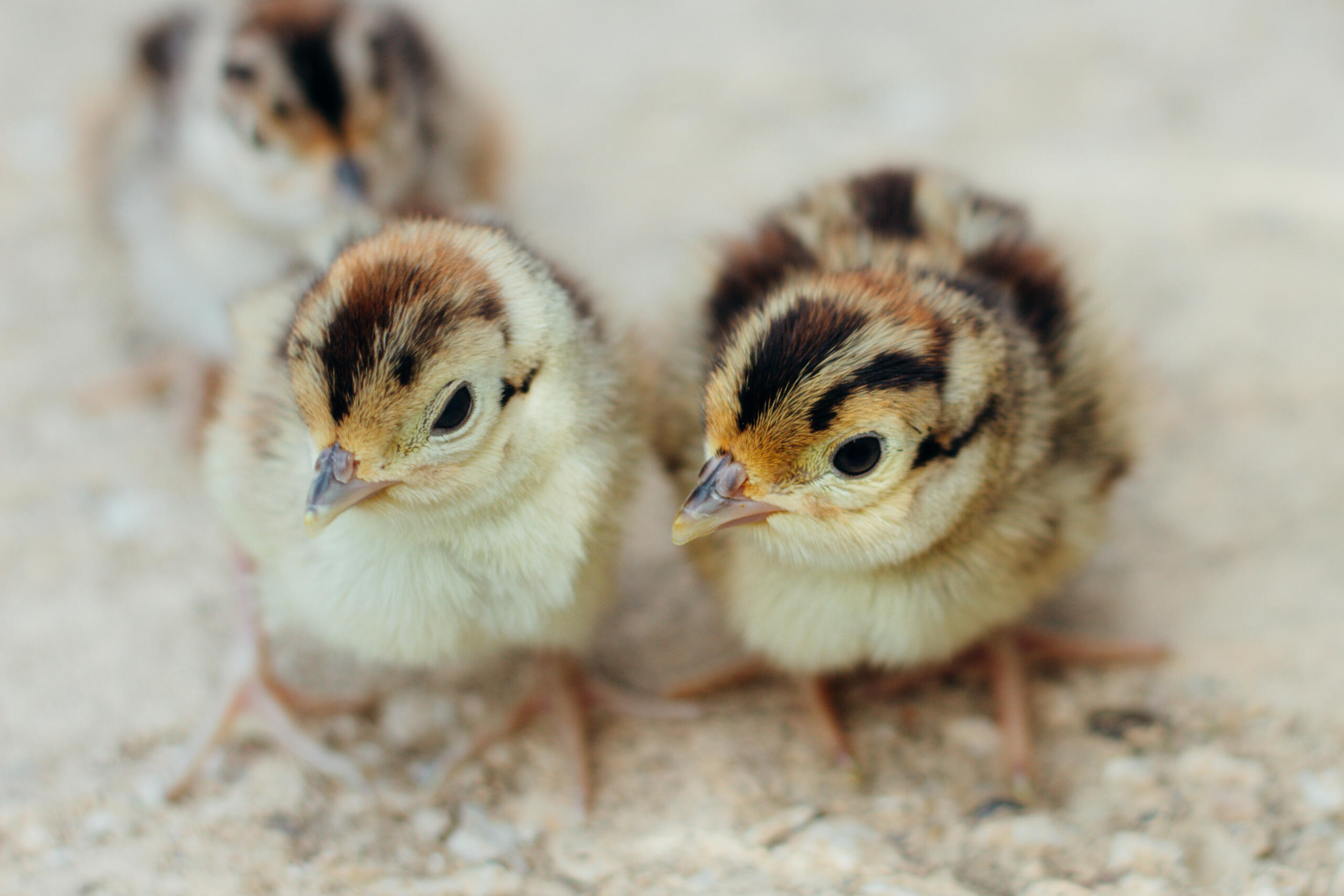
A Comparison of Hatch Data Between Two Different Genetic Types of Pheasants
Read Post
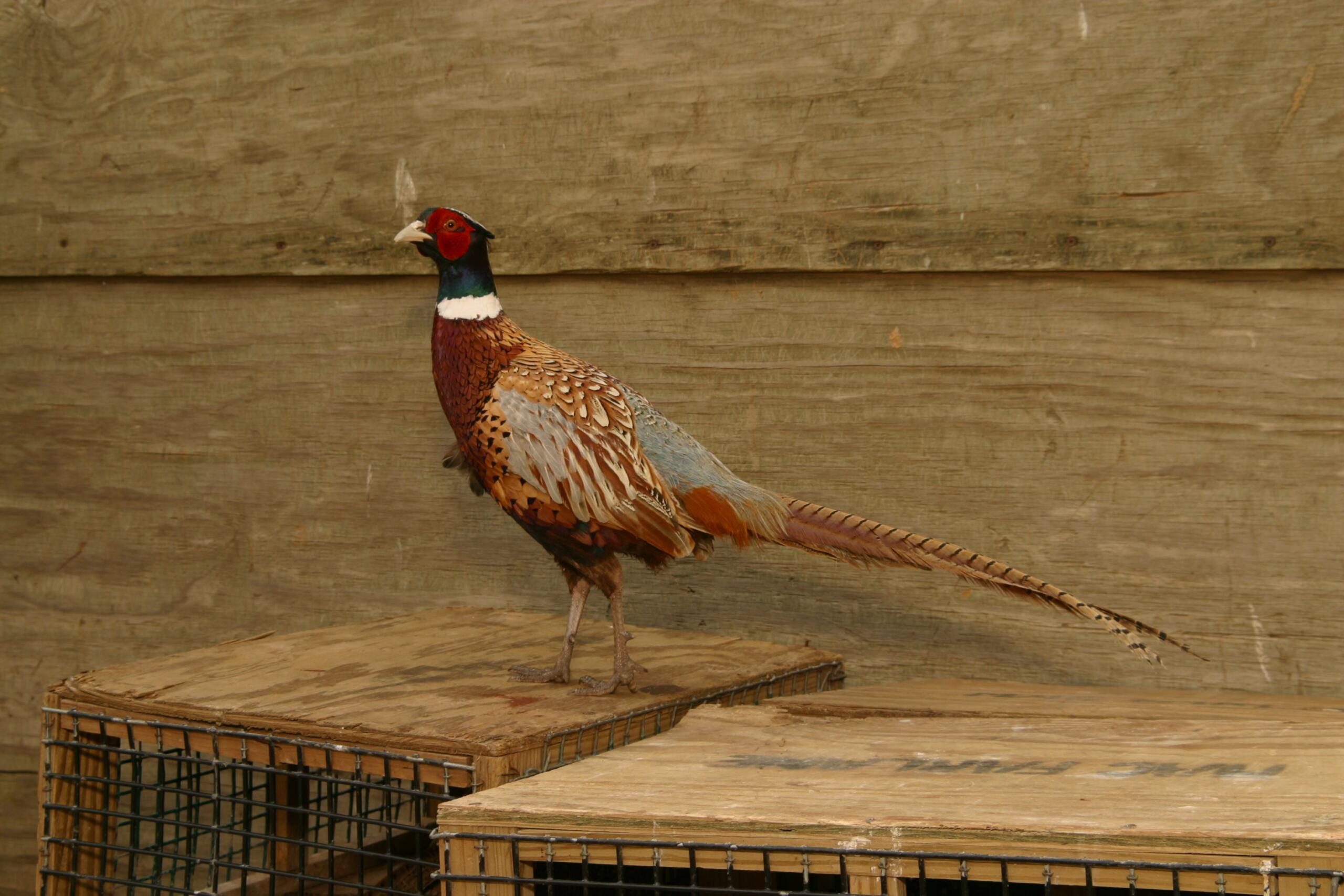
DuPont Financial Analysis Model
Read Post

Hatchery News at MacFarlane Pheasants
Read Post
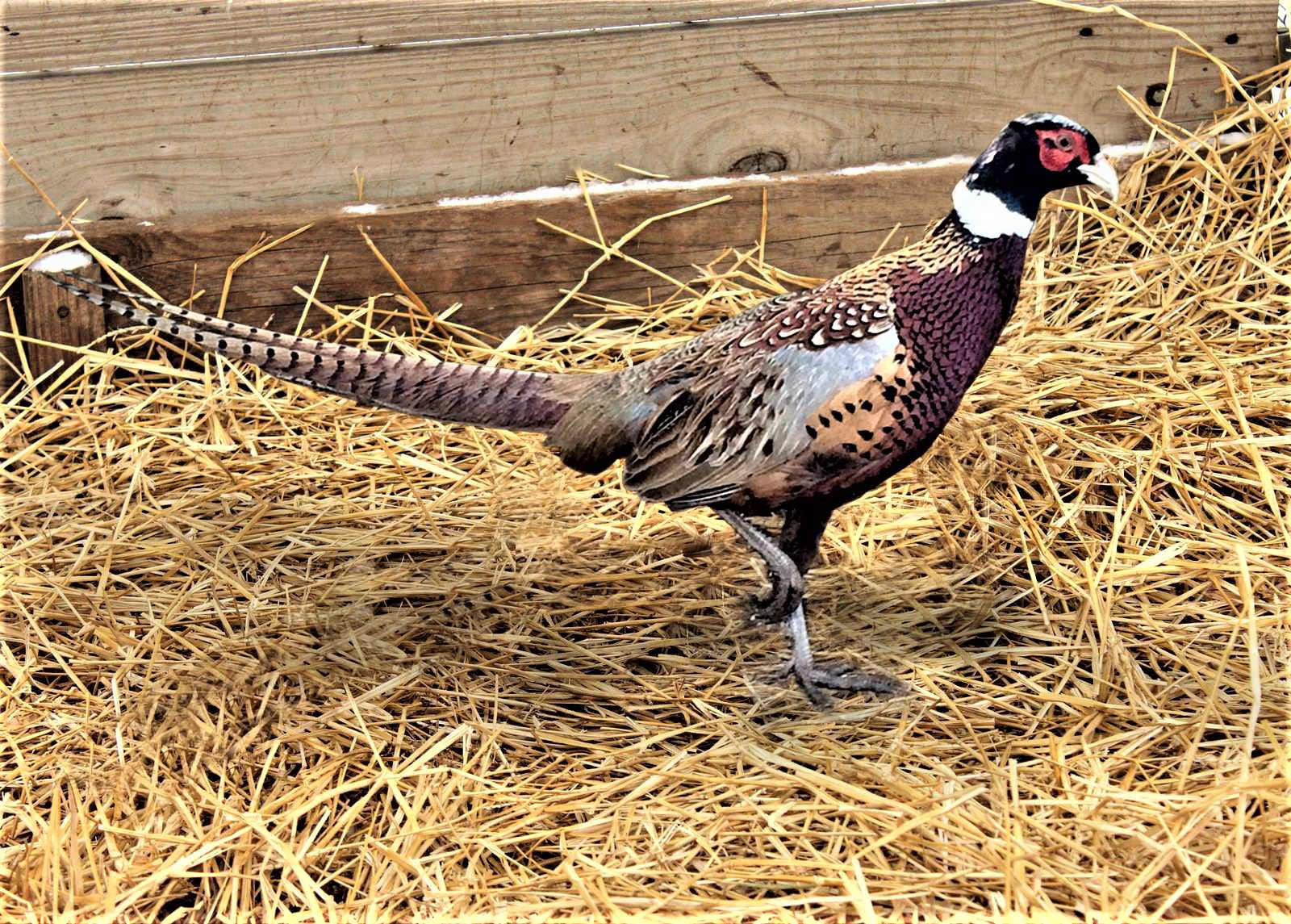
Our Milton Farm in 2024!
Read Post
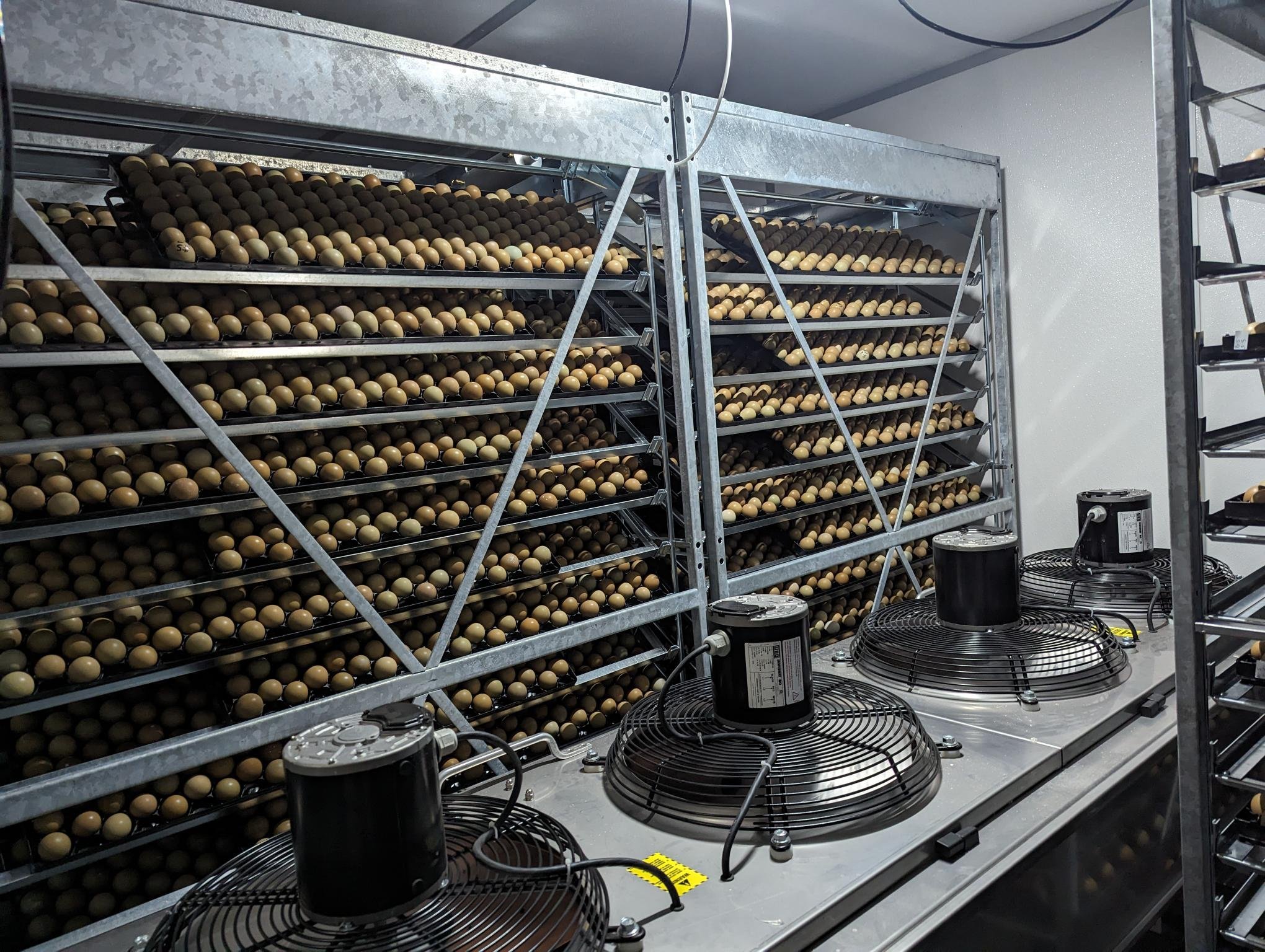
10 Hatching Tips for Incubating Pheasant Eggs Successfully
Read Post
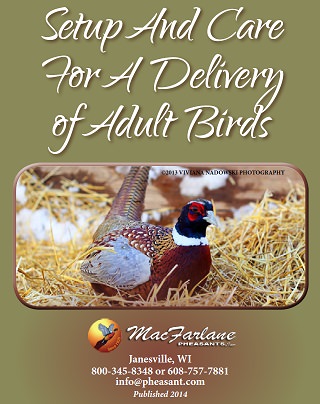
10 Steps to Prepare for a Delivery of Mature Game Birds
Read Post
Take Advantage of These Free Resources
As the biggest game bird farm in the United States, we want to share our experience with you. Download our free resources below and get started.


